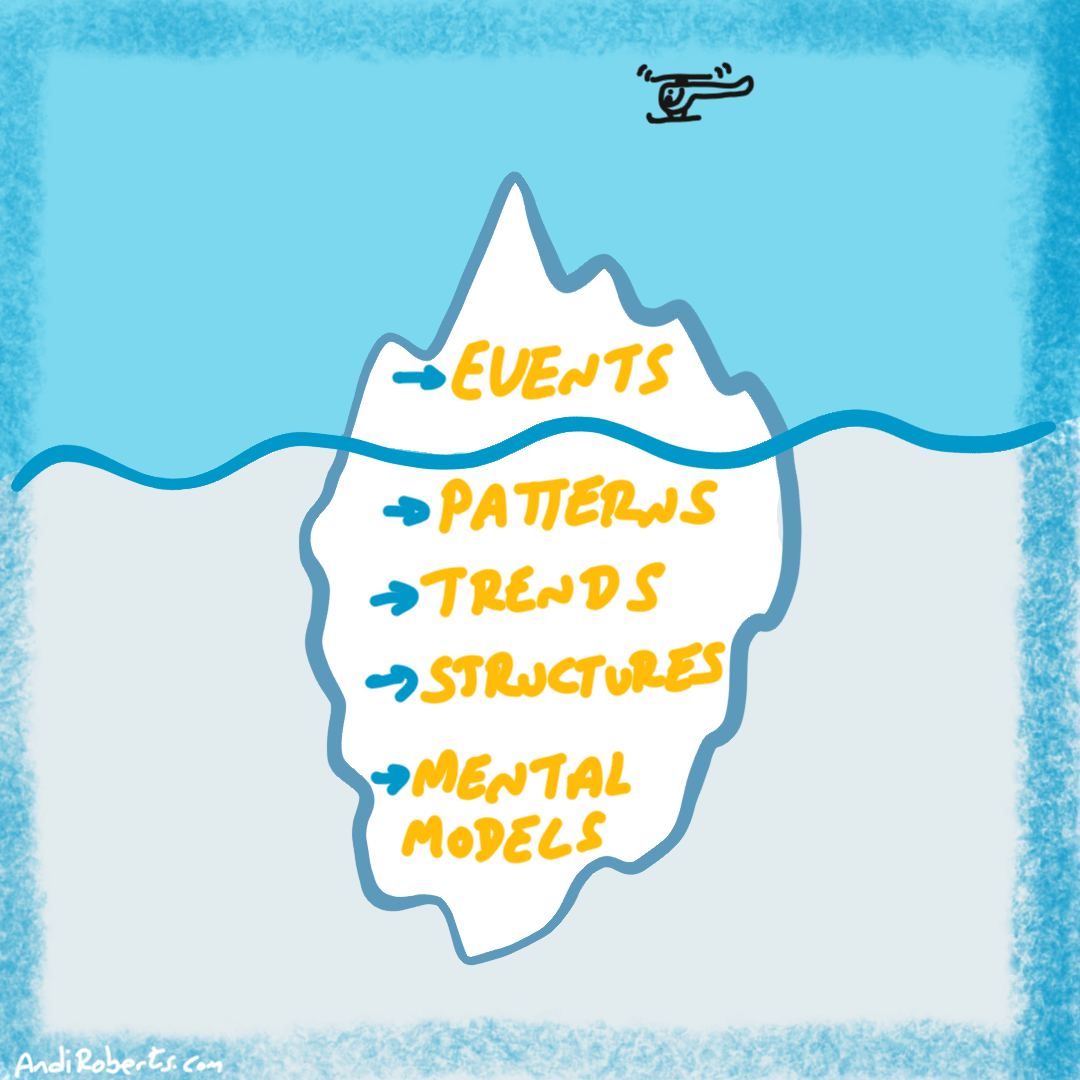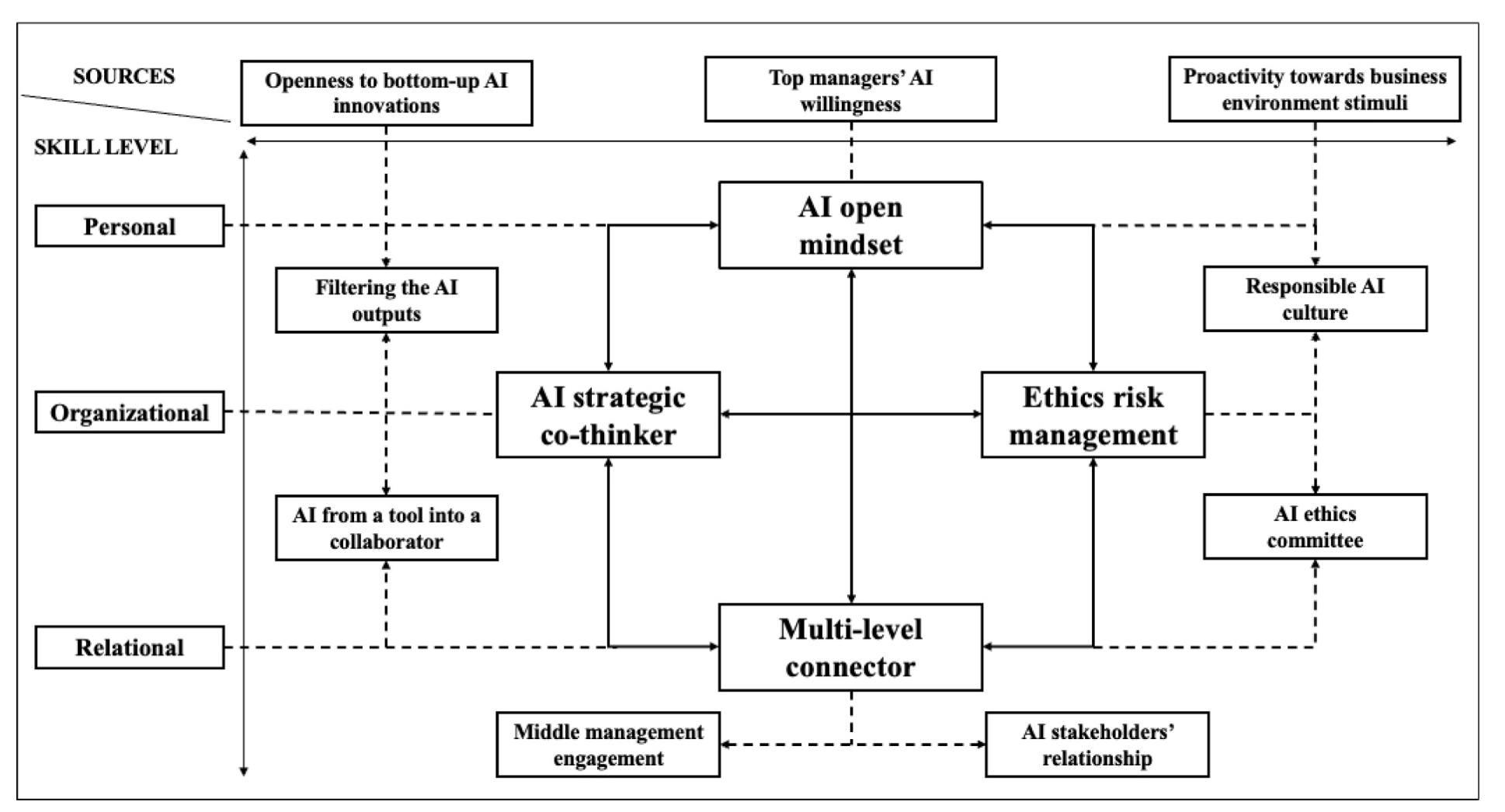I was asked recently for my thoughts on the value of a business case and why it matters in organisational life. It reminded me how often we treat a business case as a formality rather than as a moment of leadership. So I wanted to share some ideas on what gives a business case its real strength and how it can become a tool for clarity, trust, and meaningful commitment.
In most organisations, decisions about where to invest time, money, and attention are often framed as technical choices. Yet beneath every investment sits something more human: competing needs, differing assumptions, unspoken fears, and a hope that the future can be shaped. A business case, when created with depth, becomes far more than a justification. It becomes a shared understanding of why the work matters and what the organisation is prepared to stand behind.
A strong business case contains disciplined analysis, but the analysis alone is not what convinces people. What creates commitment is how clearly the case expresses purpose, how honestly it names risks, and how skilfully it invites people into a conversation about value, priorities, and responsibility. This blend of clarity and connection is what elevates a business case from a budget request to an act of leadership.
Begin by understanding the lived reality of the problem
Most business cases begin with a statement of the problem, but these statements often read like headings rather than truths. To craft a compelling case, start by exploring the human and operational experience of the issue. Where does it show up in the workflow. Who feels the consequences. How does it drain energy, create friction, or limit the organisation’s ability to serve customers.
Instead of describing a problem in abstract terms, speak to its texture. For example, instead of saying that response times are slow, explore what that means. Perhaps frontline teams feel they are letting customers down. Perhaps managers spend their time firefighting rather than improving. Naming these lived realities helps people recognise why the problem deserves attention.
Another essential part of this stage is understanding the cost of doing nothing. Every organisation has projects waiting for care, and the ability to distinguish between what is urgent and what is merely noisy is a sign of maturity. When people see the consequences of inaction, the case gains urgency rooted in shared understanding rather than pressure.
|
Dos |
Do nots |
Reflection questions |
|---|---|---|
|
Explore the human experience of the issue. |
Treat the problem as a label. |
What parts of this problem are least understood by the organisation. |
|
Invite multiple perspectives. |
Overlook emotional or relational impacts. |
Whose voice is missing from our understanding of this issue. |
|
Articulate the cost of doing nothing. |
Assume everyone sees the problem the same way. |
What would happen if we lived with this problem for another year. |
Shape a solution that has meaning, not just specifications
A business case does not require flawless technical detail, but it does require a meaningful explanation of what the proposed solution aims to create. Describe the direction, the intention, and the boundaries. This is where technical clarity meets organisational storytelling.
Present the recommended solution alongside other viable options, including the option to maintain the status quo. Doing so demonstrates stewardship rather than advocacy. It signals that the choice has been considered, not assumed. It also gives people the opportunity to explore trade-offs honestly, which increases their ownership of the final path chosen.
Scope deserves particular attention. Defining what is out of scope is as important as defining what is in. This boundary prevents misunderstandings and reduces the temptation to load the initiative with every adjacent improvement someone hopes to make. A disciplined scope also shows respect for the resources and patience of the organisation.
|
Dos |
Do nots |
Reflection questions |
|---|---|---|
|
Describe the intent and boundaries clearly. |
Pretend the solution is fully engineered. |
What is the simplest version of this solution that would still create value. |
|
Present alternative options. |
Assume buy-in simply because the logic is sound. |
What trade-offs are we not yet acknowledging. |
|
Clarify what sits outside the scope. |
Over-promise on what the solution can achieve. |
What expectations might we need to reset early. |
Describe benefits in a way that is both felt and measured
Benefits are often the heart of the business case, yet they are also the most misunderstood. Leaders tend to jump straight to financial measures because they are tangible, but many of the most impactful benefits are qualitative: improved trust between teams, better customer experience, clearer processes, higher capability, or reduced frustration.
Begin by describing benefits in human terms. What will change in the day-to-day experience of teams and customers. What will become easier. What new possibilities will open. This invites people to picture the future rather than merely calculate it.
Then translate these outcomes into measurable indicators. Define what success looks like in terms of time saved, error rates reduced, customer satisfaction improved, or revenue generated. The combination of felt benefit and measured benefit is more persuasive than either one alone.
It is useful to acknowledge that not all benefits appear at the same time. Some will emerge immediately while others depend on new habits, new capabilities, or cultural shifts. A mature business case respects this timing rather than assuming all benefits land on day one.
|
Dos |
Do nots |
Reflection questions |
|---|---|---|
|
Express benefits in human and operational terms. |
Inflate benefits. |
Which benefits matter most to the people affected. |
|
Link benefits to clear indicators. |
Ignore intangible benefits. |
How will we know if the benefits are genuinely experienced, not just reported. |
|
Acknowledge the timing of benefits. |
Assume benefits appear automatically on delivery. |
Which benefits rely on new behaviours or capabilities to emerge. |
Bring costs and risks into the light
Costs and risks are not obstacles. They are invitations to be honest. When a leadership team sees that the costs have been considered with care, and that risks are named rather than softened, their level of trust increases.
Describe costs in full, including the less visible ones such as capacity, time, training, and disruption to established routines. Financial costs are easy to itemise, but the human costs often matter just as much.
Present risks with clarity. Explore what could realistically go wrong and what would be required to mitigate these scenarios. Avoid the temptation to over-reassure. A credible business case treats risk as something to be navigated rather than suppressed.
You can enhance the depth of this section by including light scenario thinking. Briefly outline how the organisation would respond if assumptions turned out to be optimistic or if circumstances shift unexpectedly. This builds readiness rather than false confidence.
|
Dos |
Do nots |
Reflection questions |
|---|---|---|
|
Present full costs, including time and capacity. |
Minimise risks. |
What costs or risks are we avoiding talking about. |
|
Describe risks plainly with mitigations. |
Hide uncertainties. |
What would we do if our core assumption proved wrong. |
|
Explore scenarios. |
Provide cost ranges that give no insight. |
How ready are we to adapt if conditions shift. |
Define how success will be measured, monitored, and learned from
Success measures are a form of contract. They reinforce that the organisation is prepared to examine whether value is truly being created. They also acknowledge that delivery does not guarantee benefit; what matters is whether the initiative makes a meaningful difference.
Outline how progress will be tracked throughout the life of the work. Describe the indicators, the cadence of review, and the thresholds for action. This avoids the common trap of focusing only on launch rather than long-term value.
Measurement is also about learning. A thoughtful business case establishes learning loops that help the team adapt when reality diverges from expectation. This positions measurement as stewardship rather than surveillance.
|
Dos |
Do nots |
Reflection questions |
|---|---|---|
|
Specify clear indicators. |
Rely on vague measures. |
What would meaningful improvement look like to the people doing the work. |
|
Set out a regular review rhythm. |
Wait until the end to assess benefits. |
How will we ensure we learn throughout, not just at the finish. |
|
Use measures for learning, not only proof. |
Treat metrics as compliance. |
What is the most useful question we can ask at each review point. |
Specify how the work will be governed and supported
Even the best idea will falter without a clear structure for coordination, decision making, and accountability. Use the business case to define roles, responsibilities, pathways for escalation, and the rhythm of governance.
Consider the relational side as well. Which stakeholders need to be part of the conversation. Where must alignment be built. Which cross-functional relationships will be essential to success. These questions acknowledge that projects succeed when relationships succeed.
Deepen the section by examining the organisation’s history with similar initiatives. What needs to be different this time. What patterns tend to derail delivery. This honesty demonstrates maturity and prepares the ground for better outcomes.
|
os |
Do nots |
Reflection questions |
|---|---|---|
|
Define roles and decision rights. |
Over-engineer governance. |
Where might clarity of responsibility reduce friction. |
|
Involve the right stakeholders early. |
Assume clarity will emerge on its own. |
Who needs to be part of the early conversation but usually is not. |
|
Acknowledge past patterns that affected similar efforts. |
Ignore relational dynamics. |
What has history taught us that we must not repeat. |
Recognise the social life of a business case
Once a business case leaves the author’s desk, it enters a world of priorities, politics, and competing narratives. Understanding this social life strengthens the case.
At this stage, the tone matters. If the business case feels like a demand, it will meet resistance. If it feels like an invitation to create value together, it is more likely to gain sponsorship and ownership.
Recognise that every investment is also a decision not to invest in something else. Naming this respectfully shows empathy and builds credibility.
|
Dos |
Do nots |
Reflection questions |
|---|---|---|
|
Anticipate how groups interpret the case. |
Frame the case as a battle. |
How might different groups read the same information differently. |
|
Speak to competing priorities. |
Forget that politics exist. |
What concerns do leaders hold privately that we should address openly. |
|
Present the case as an invitation. |
Assume approval equals commitment. |
What would make people feel genuinely part of this decision. |
Treat the business case as a living agreement
A business case is not a moment. It is a relationship over time. As the work progresses, assumptions evolve, risks shift, and new data emerges. The most effective business cases are revisited regularly to ensure they still represent the best path forward.
This approach acknowledges complexity. It positions the business case as a tool for clarity, learning, and shared responsibility rather than a static justification.
|
Dos |
Do nots |
Reflection questions |
|---|---|---|
|
Revisit the business case regularly. |
File it away once work begins. |
What has changed since the case was first written. |
|
Check whether assumptions still hold. |
Resist making changes. |
Which assumptions need a fresh look based on what we now know. |
|
View the case as a learning tool. |
Use it as a rigid contract. |
How can we keep learning visible and shared as the work progresses. |
Bringing people onboard with the case
A business case will only deliver value if people feel part of it. Even the most rigorous analysis cannot compensate for a lack of human commitment. Securing support is less about persuasion and more about building the conditions in which people recognise the purpose, trust the process, and see themselves inside the work. A compelling business case is therefore both an argument and an invitation.
Start by involving people early, before the document takes shape. Ask what matters to them, what they believe the organisation needs, what risks they anticipate, and what a meaningful outcome would look like. These conversations do more than inform the case. They build shared authorship, and shared authorship builds ownership. When people sense they have shaped the direction, they are more likely to stand behind it.
Share evolving drafts openly and welcome critique. Transparency gives others room to engage without defensiveness. It removes the sense that the case is being sold and replaces it with a feeling that the organisation is thinking together. As people challenge assumptions, propose alternatives, or raise uncomfortable truths, the case becomes more credible and more robust.
Pay particular attention to those who will be most affected. Listen to their concerns, their constraints, and their priorities. Acknowledge the impact that the proposed work will have on their daily reality. When people feel seen, they respond with greater maturity, even when the change is difficult. Resistance often comes not from disagreement but from feeling overlooked.
Finally, help people understand the story the business case is telling. Not just the logic, but the journey. What future is the organisation choosing. What becomes possible if this goes well. How will the work strengthen relationships, capability, or customer experience. When people can imagine their place in that story, commitment shifts from compliance to contribution.
|
Dos |
Do nots |
Reflection questions |
|---|---|---|
|
Involve stakeholders early. |
Present a finished case without input. |
What conversations must happen now to build shared authorship. |
|
Share drafts openly. |
Treat objections as resistance. |
What feedback would improve the case if we were willing to hear it fully. |
|
Speak to hopes and concerns. |
Assume approval equals emotional commitment. |
What would help people see themselves in the change. |
Conclusion: A business case as an act of leadership
A well crafted business case is not simply a document that competes for approval. It is a disciplined act of leadership that brings clarity to complexity, honesty to ambition, and shared understanding to moments where choices matter. When done well, it slows the rush to solutions and invites a richer conversation: What is the future we want to create. What must change for that future to be possible. What commitments are we prepared to make together.
The power of a business case lies not in its format but in its posture. It signals that the organisation is ready to examine value with care rather than enthusiasm alone. It names realities that are often felt but seldom voiced. And it offers a path forward that honours both analysis and the human beings who will carry the work.
Ultimately, a business case is a promise. A promise that we have considered our options. That we understand what is at stake. That we are willing to be accountable for the outcomes we anticipate. The craft of building one reminds us that leadership is not about certainty but about creating the conditions in which people can commit with confidence and act with purpose.
Do you have any tips or advice for building business cases?
What has worked for you?
Do you have any recommended resources to explore?
Thanks for reading!





Leave A Comment